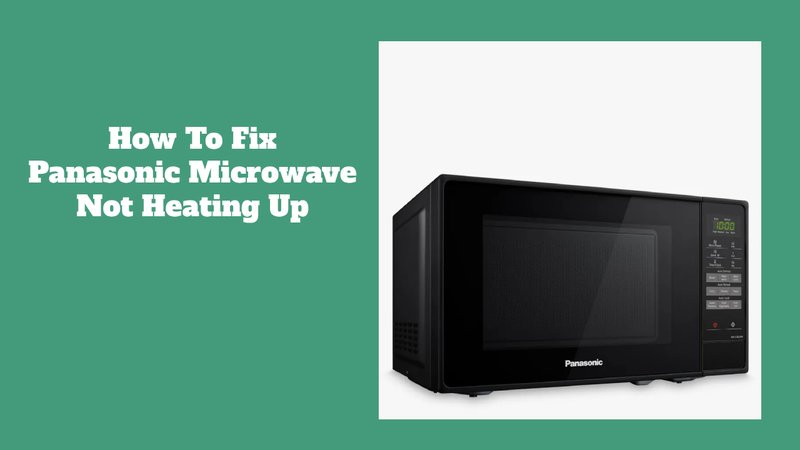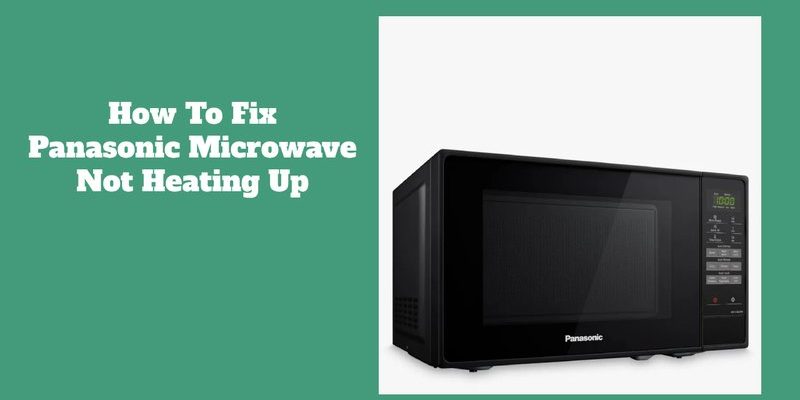
Why does this matter, you ask? Besides the obvious inconvenience, an unresolved E2 error can lead to uneven cooking, longer heating times, and, if ignored for too long, might even result in more serious damage requiring costly repairs or replacement. But don’t worry — understanding what triggers this error and how you can prevent it is simpler than you might think. We’re going to break it all down, step-by-step, to ensure your microwave keeps performing at its best without the pesky E2 interruption.
Understanding the E2 Error Code: What It Means
Let’s start with the basics. The E2 error code is your Panasonic microwave’s way of telling you there’s an issue with the temperature sensor. Think of the temperature sensor as the microwave’s thermostat, keeping things in check so your food cooks evenly. When this sensor malfunctions, it’s like trying to bake cookies with a faulty oven thermometer — the results can be unpredictable and, frankly, disappointing.
So, what causes this sensor to fail? Well, it can be due to a variety of reasons. Sometimes, it’s as simple as a loose connection, much like how a loose plug might cause your phone charger to stop working. Other times, it could be more serious, like an actual fault in the sensor itself or issues within the microwave’s electronic circuitry. These components work together much like a team — if one member isn’t pulling their weight, the whole operation suffers.
If you notice the E2 error popping up frequently, it’s not something you want to ignore. Think of it as a warning light in your car; while the vehicle might still run, continuing to drive might end up causing more damage in the long run. Understanding these basics sets the stage for addressing the problem effectively and preventing it from cropping up again in the future.
Common Causes of the E2 Error Code
Now that you know what the E2 error code means, let’s dive into what typically causes it. One of the most common culprits is a malfunctioning temperature sensor. This can occur for several reasons, including exposure to extreme heat or moisture inside the microwave, much like how a delicate electronic device might falter if it’s accidentally left out in the rain. Over time, such conditions can wear down the sensor, leading to inaccurate temperature readings.
Another potential cause could be issues with the microwave’s wiring or connections. Cables and wires are like the veins of electronic devices, carrying crucial information and power throughout the system. If these connections become loose or damaged — perhaps due to age or physical impact — the microwave’s internal communication can get disrupted, triggering the E2 error.
Lastly, the problem could be rooted in the control board or circuit faults. Think of the control board as the brain of your microwave; if there’s a glitch in this central system, it can cause various problems, including the E2 error. Like a computer’s motherboard, if the control board starts to act up, it can send the whole system into disarray.
Steps to Prevent the Error Code E2
Prevention is always better than cure, and ensuring your Panasonic microwave steers clear of the E2 error is no different. Firstly, regularly check and clean your microwave’s interior to prevent buildup of food particles and moisture, which can wreak havoc on the temperature sensor. This maintenance is akin to changing the oil in your car — it helps everything run smoothly.
Next, inspect the microwave’s wiring and connections periodically to ensure everything is secure and intact. A visual check can reveal frayed wires or loose connections that might need tightening or replacing. Think of it as checking your home’s electrical outlets — ensuring everything is plugged in securely reduces the risk of potential issues.
Lastly, consider consulting a professional technician for regular maintenance checks. Much like a routine dental check-up helps keep your teeth in top shape, an expert can identify early signs of wear and tear, offering solutions before they escalate into bigger problems. Not only does this extend the life of your microwave, but it also ensures it operates safely and efficiently, saving you from unexpected headaches down the road.
So there you have it — a comprehensive guide to understanding and preventing the E2 error code on your Panasonic microwave. Ensuring your microwave operates smoothly isn’t just about addressing issues as they arise; it’s about taking proactive steps to maintain it, much like caring for any other valuable appliance in your home. Regular cleaning, inspections, and professional maintenance are key to keeping this essential kitchen gadget in tip-top shape.
Remember, by staying informed and taking these preventative measures, you’re not only avoiding inconvenient disruptions but also preserving the longevity of your microwave. So the next time you’re reheating leftovers or popping a bag of popcorn, you can do so with confidence, knowing your appliance is running just as it should. Here’s to hassle-free cooking and a future free of pesky error codes!
